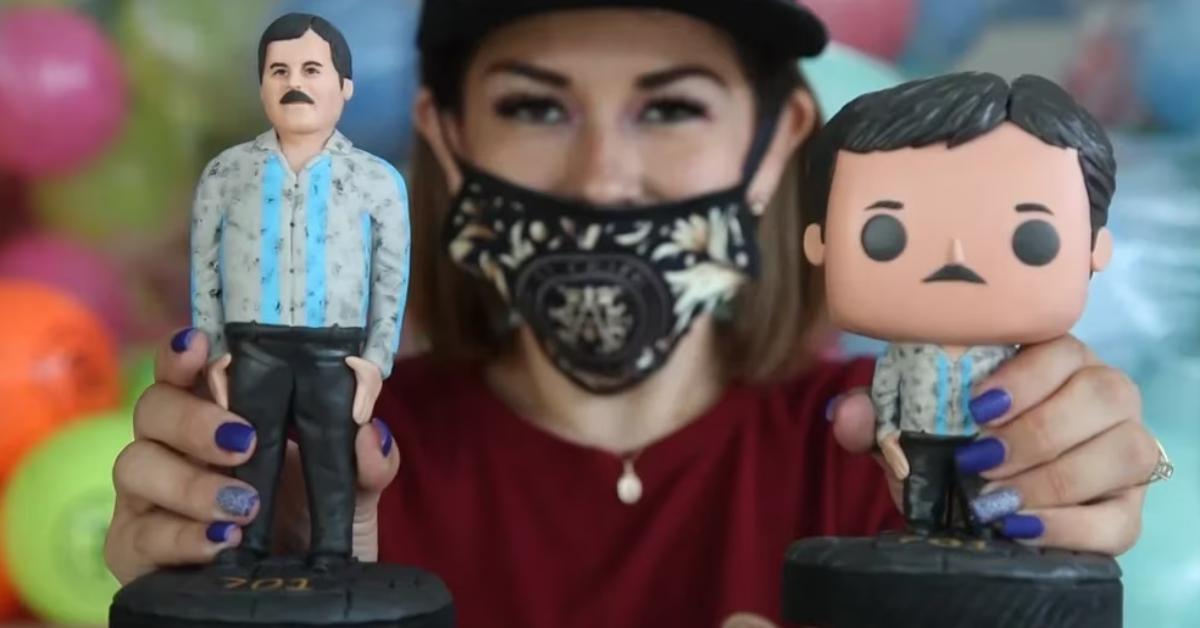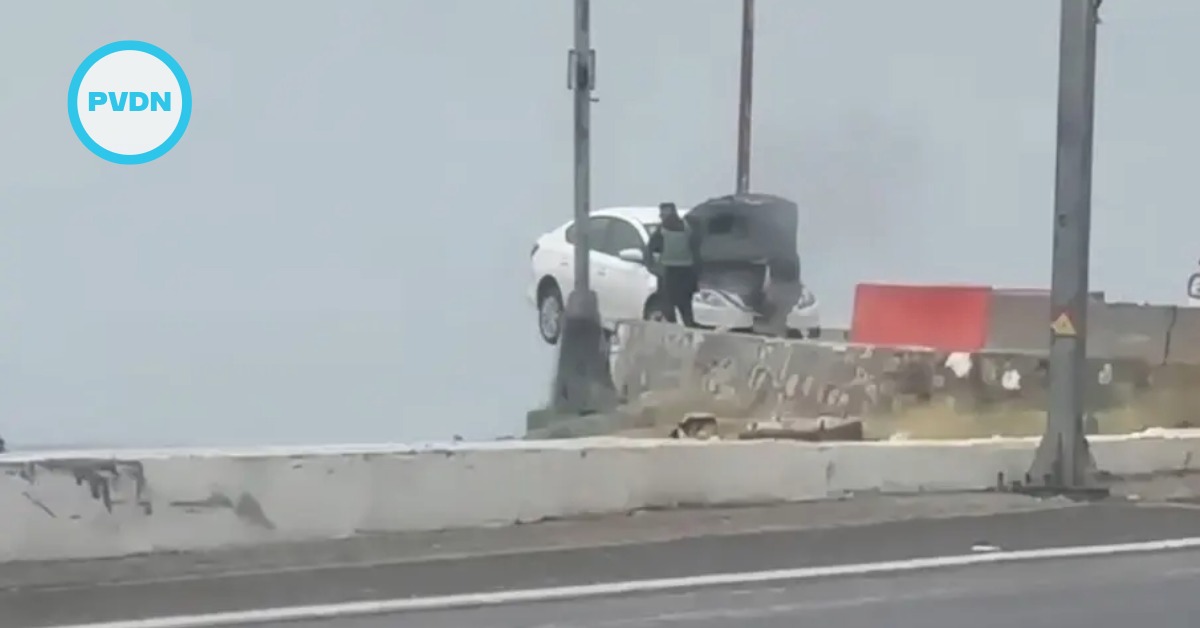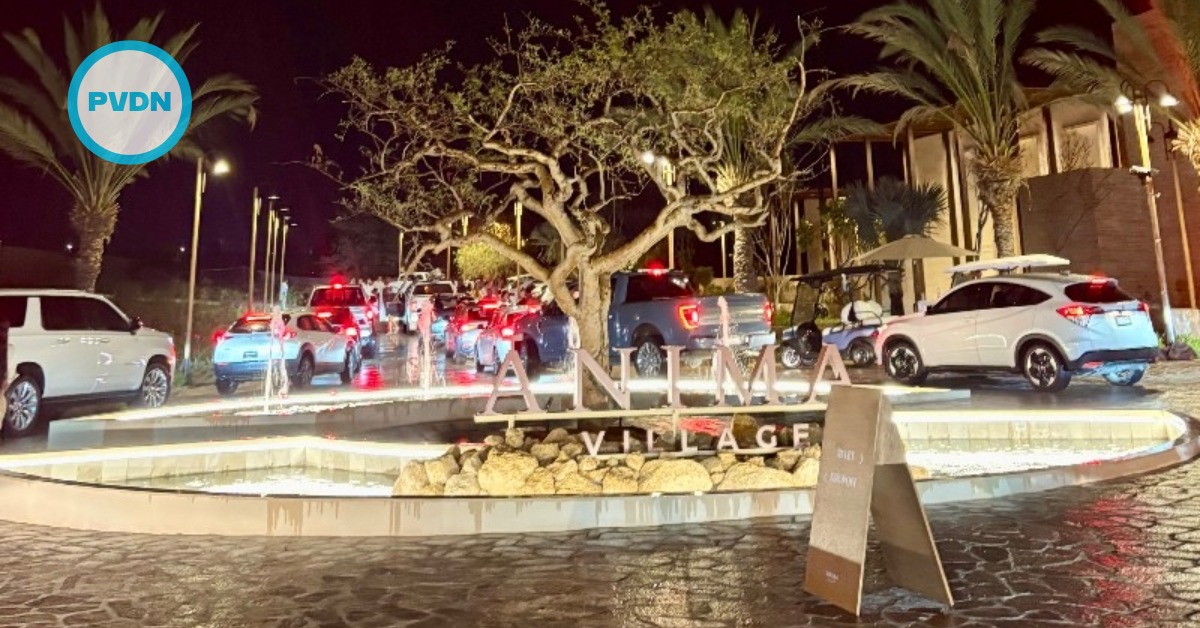A study carried out in the cities of Culiacán, Mazatlán and Los Mochis revealed that before the “Culiacanazo” almost half of the Sinaloans surveyed thought that organized crime made them feel safer.
This was revealed by the Percibe survey, carried out by the State Public Security Council before the events of October 17, 2019, better known as "El Culiacanazo"; the failed operation of the government of the president of Mexico, Andrés Manuel López Obrador, in which the authorities captured Ovidio Guzmán López, son of "El Chapo" Guzmán, and was later . . .







